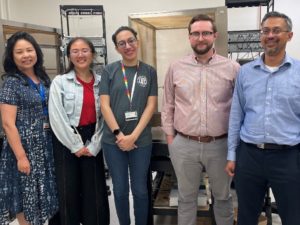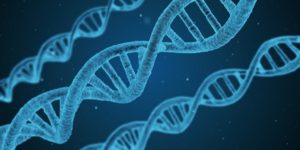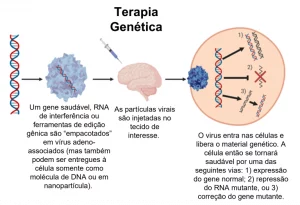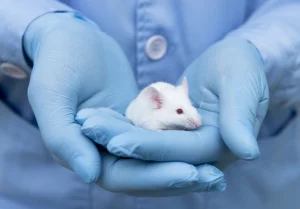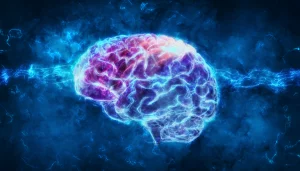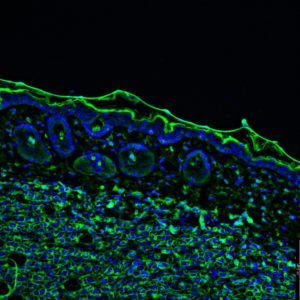
Snapshot: What is Immunofluorescence?
Immunofluorescence is a common laboratory technique used to see proteins in a sample through microscopy. It relies on attaching a fluorophore, a chemical compound that can release light of a certain colour, to an antibody that can recognize a specific protein of interest. Immunofluorescence is an important tool for studying Read More…


